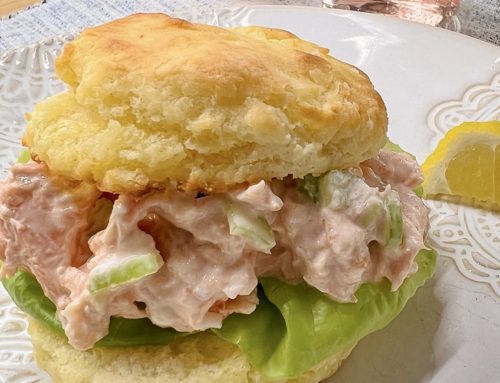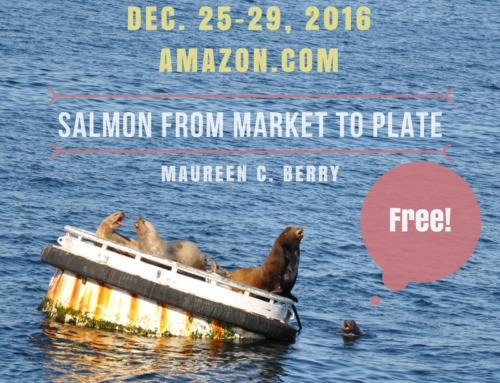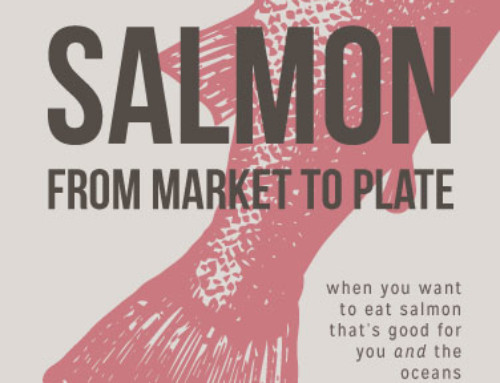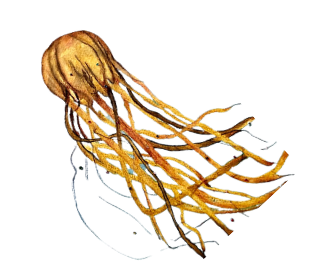Ever notice how recipes for seafood seem…a bit unrealistic for a beginner?
They assume you have all the knowledge for shopping and cooking fresh seafood.
But cooking seafood for a beginner can be intimidating.
I learned years ago when I sold commodity fish for a living, some people are simply afraid to cook seafood.
There are three essential elements of cooking seafood taking you one step closer to cooking quality seafood recipes.
- Buy quality fresh seafood.
- Use quality oil.
- Seasoning seafood with Kosher salt and crushed black pepper.
Other elements, like a good skillet and spatula, or fresh herbs and terrific sauces, sides, and salads to complement said seafood are necessary, but not essential. I’ll address those necessary elements in another post.
First let’s deal with the essential elements to cooking seafood.
Buy quality seafood.
- Start with the freshest fish you can find. Unless you live in a coastal area, you will buy fish at the grocery or online.
- Ask questions.
- What questions?
- “What the rating is on that species?” or better, upload the Seafood Watch App on your phone or tablet so you can identify the best choice, second best, and which species to avoid.
- At the grocery, be specific. Point to a piece of fish you’d like to take home and say “I’d like to smell that piece of fish-the third one from the top.” Note to self: If the fish looks dry, is falling apart, or the fish eyes (if you want a whole fish) are clouded over, that is not the fish for you to point to. If you order fish online and your fish has these characteristics when you receive it, contact the customer service people at the company immediately.
- “When did that fish come in?” Some online seafood companies offer catch dates.
- When buying shellfish, ask to see the harvest-date tags on shellfish and understand what that means.
- Ask for a recipe idea.
- Tip: Don’t bombard the fish counter person with twenty questions, but be aware of what species is best choice and which species looks appealing and fresh. The people at the counter are friendly and want you to buy seafood. That said, do not buy seafood with a fishy odor. Trust me here: that seafood will not smell any better the further you get from that counter.
- Ask for a small bag of ice for transport.
Oil
Your style of cooking (baked, seared, grilled, etc.) will decide which oil you use. Whether you choose olive oil, canola oil, coconut oil, (or some other oil), buy the best oil you can afford.
Use oil sparingly. Measure out a tablespoon and pour the measured oil into the skillet. Take a snapshot image in your brain (if you are inclined) and try to remember what one, two, three tablespoons of oil looks like in the skillet, so you can eventually avoid this step.
Seasonings
Three words: salt and pepper.
When you are beginning to learn to cook seafood, simplicity is best.
Fresh quality seafood, kissed lightly with Kosher salt and fresh crushed black pepper, then seared in a hot pan with a little oil, is an excellent way to begin your love affair for cooking fresh seafood.
Got a question about cooking seafood?
Drop me a line or sign up for my weekly email to get sustainable seafood tips, recipes and news delivered to your inbox.









Great post. Which oil would you recommend to use for Grilled cooking?
Hi Dayla,
Peanut or Canola are good choices. Make sure whatever oil you use, choose an oil with a high smoke point.
Thanks for stopping by!
Will do. Thanks again.